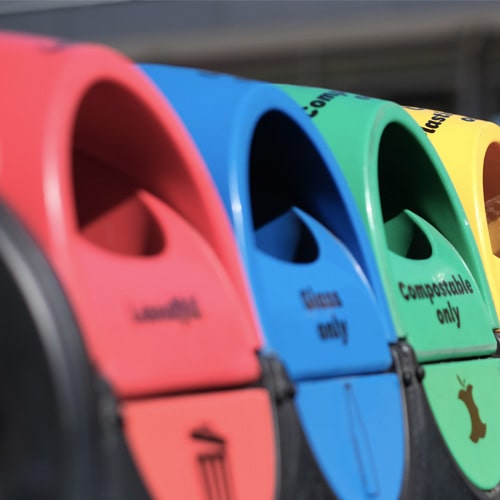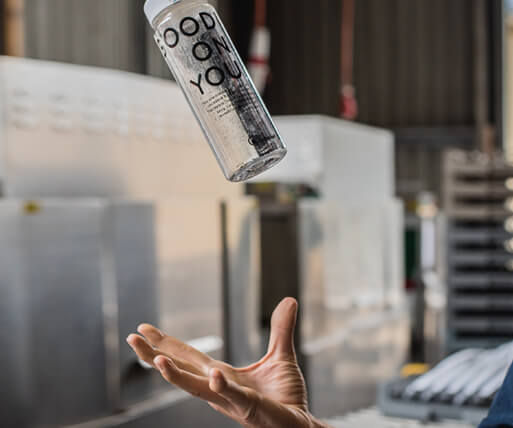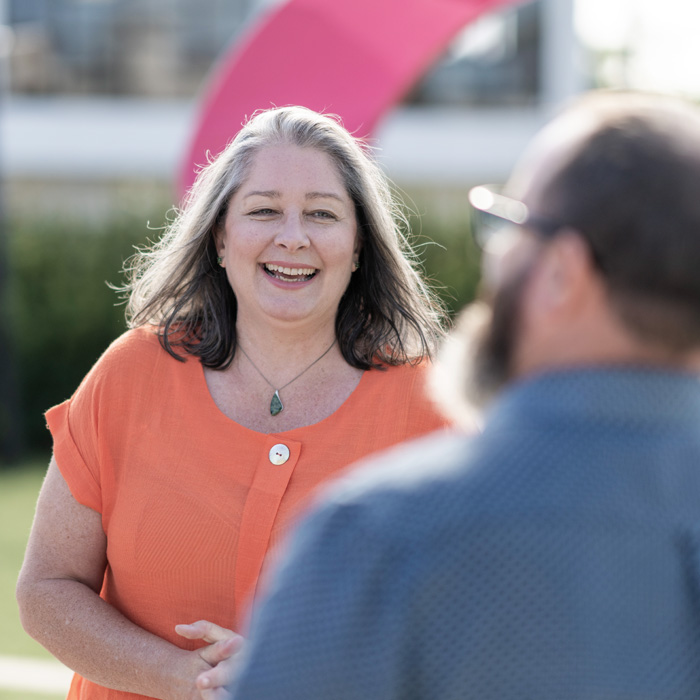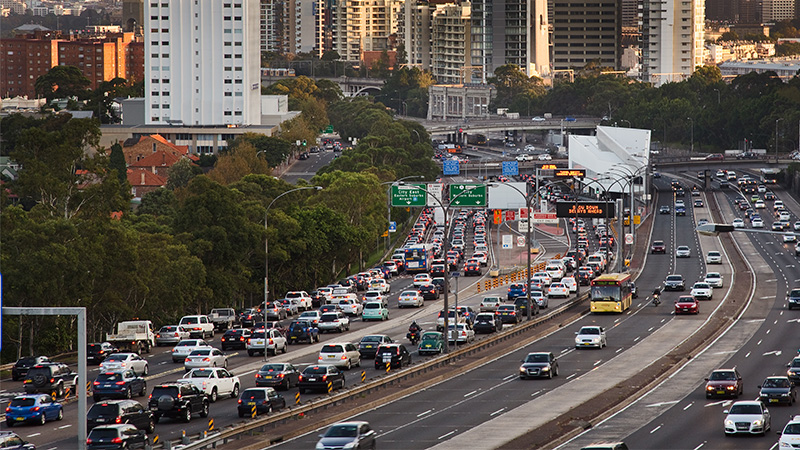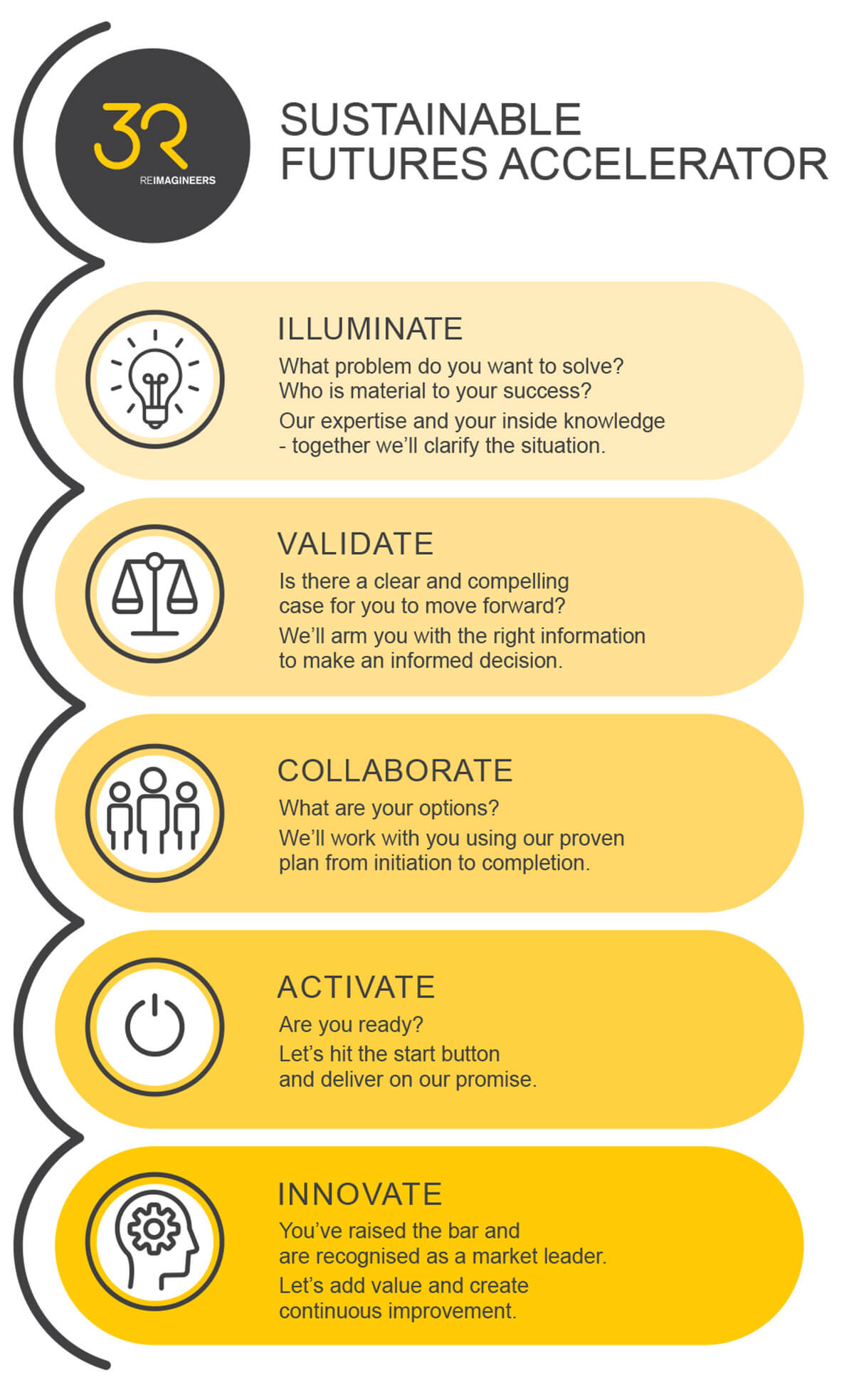Different mindset to build the car-lite cities of the future
Published in Bay Buzz
I recently came across an image which beautifully put into perspective the fact we need to change the way we live, not just our technology, if we are going to create better future cities. It was of a line of vehicles trying to leave the Burning Man festival in the United States – wide enough and long enough to be seen from space.
The striking thing was the accompanying caption, pointing out that the queue would look identical if all the vehicles were EVs.
The same comparison can be made for any city where traffic congestion is an issue, but the impact is also on resources.
There will be a very real resource crunch for the materials to make EV and other large storage batteries if we were to simply transition the existing fleet. A huge increase in renewable energy generation would also be needed to run it without relying on fossil fuels.
Our love affair with the car
Kiwis are still very much in love with cars and large vehicles in particular. Sales figures from the Motor Industry Association show 2022 boasted the strongest passenger and SUV vehicles registrations on record.
While registrations of vehicles with some form of electrification grew 77% from 2021, a whopping 18% of total registrations were for just three vehicles – the Ford Ranger (7%) Toyota Hilux (6%) and Mitsubishi Outlander (6%).
We have become addicted to a method of transport which is very resource heavy. After all, moving one or two people around in a metal box which weighs from 1.5 to two tonnes just isn’t an efficient use of resources, even if it’s powered by an EV battery.
Add to that the increasing cost of ownership and the impact of congestion on productivity, and the argument is strong for a shift to a multi-modal future where a privately owned car isn’t the default setting for every journey. What are some of the factors that could nudge our behaviour?
Rethinking short trips
Around a third of vehicle trips in New Zealand are less than 2km – a distance most of us can easily achieve on foot or by bicycle.
I cycle a lot to get around so I might be slightly biased, but I consider it the best alternative to cars – whether the motor be electric or internal combustion.
The bike is one of the most efficient, and most accessible, modes of transport around. Studies have shown that even when compared with other creatures, many of which have evolved wondrously efficient ways of moving, the bike is difficult to beat.
In Hawke’s Bay there isn’t much preventing us from using our bikes more often. We have mostly flat terrain, a great climate and many kilometres of bike paths and lanes to use. E-bikes and scooters have also come along in leaps and bounds, some with ranges to rival early generation EVs.
The shift can be helped by businesses offering the flexibility and facilities to make commuting to work possible. The benefits go both ways too, with research showing unequivocally that regular cycling and walking improves health, mood, and productivity.
Sharing is caring (for the planet)
Rideshare or carshare are great options if you can walk, cycle, or use public transport most of the time, but still need a vehicle for some journeys, and they are beginning to grow their presence in Aotearoa. Companies like Mevo, Cityhop, Zilch and My Ride Your Rental offer vehicles which can be rented – even by the hour – through smartphone apps. Mevo for example, has exceeded over 20,000 users in NZ, and offsets 120% of its emissions. Businesses which build climate action into their business model are increasingly attractive to consumers.
The Daisy in Mt Eden is an apartment building, completed in 2018, which has no car parks and comes with a shared car that can be booked, and parking for bikes and scooters. It’s a short stroll from plentiful public transport and is proof a car-lite lifestyle is possible in a city.
Focused on making transport affordable and accessible, Ngāti Whātua Ōrakei (Trustee Ltd) has received funding to develop a system for a shared pool of electric vehicles for whānau in their local community.
Getting on the bus
Public transport is a resource efficient way to move people around in cities. Can you imagine a place like New York, Paris or even Auckland and Wellington functioning without public transport? In post WWII New Zealand, cities grew with urban drift and the baby boom. They became planned around suburbs of quarter acre sections (the half gallon, quarter acre, pavlova paradise) rather than being built more densely and upwards. Public transport infrastructure suffered a lack of investment, and within the space of a generation or two, people were forced into cars – often just one person per car.
But is it a case of ‘build it (well) and they will come’?
The bus lane over the Auckland Harbour Bridge sees more than half of all commuters travelling the route into the city at peak times by bus. The result has seen the number of cars on the bridge remain stable, despite Auckland’s population growth.
Train journeys have also been on an upwards trajectory since the Britomart train station opened – already smashing predictions originally made for when the City Rail Link opens in 2024.
The system of buses in Hawke’s Bay hasn’t been at the same level as bigger centres, but last year’s launch of the innovative bus-on-demand MyWay service saw this begin to change.
The Hawke’s Bay Regional Council also held consultation late last year on proposals that would see a service run from Napier to Hastings every hour, stopping in Clive and Whakatu. There would also be buses every 10, 15, or 30 minutes, depending on the time of day, connecting suburbs around Hastings, including Havelock North, and Napier.
More routes and more regular buses make for a more convenient experience, and in today’s world convenience is king.
A car-lite life
Not owning a car – or owning fewer cars – might have seemed unthinkable for most Kiwis not long ago, but this is starting to slowly change.
Many cities around the world have pivoted to a car-lite or car-less lifestyle. Amsterdam is possibly the best-known example.
For the city the tipping point came in the 70’s when in 1971 alone some 3,000 people, including 450 children, where killed by motor vehicles. A long-term programme of investing in cycling infrastructure began and the rest, as they say, is history.
Perhaps the realities of climate change will be what changes New Zealanders’ minds about a ‘car-lite’ way of life. New Zealand’s population is only set to grow and with it so will the size and density of our cities. Filling them with even more cars simply isn’t going to work, but we have the ability, and time, to make the change.
Tips for a car-lite life
Ditch the car for journeys under 2km
Plan journeys so that time to cycle and walk is built in, and you will not only be saving carbon emissions, but doing something for your physical and mental health too. Even jumping on an electric scooter from a shared-mobility platform such as Beam (operating in Napier) for those short journeys would make a difference to your carbon footprint.
Think about the number of vehicles your household really needs
The AA estimates the cost of ownership of a new small car to be $5,000 per year before running expenses. Others have estimated it even higher. Many households have more than one. Can one person in your household use public transport for their commute? Can each person use public transport for some of their commutes and share the car? What about managing hybrid working models around sharing a vehicle? Carpooling for after school activities could lighten more than just your carbon footprint burden, and that $5K + running costs would come in handy for a myriad of other uses.
Redesign your commute
It’s hard to imagine that 25% of people would become vegan this year. But it’s more imaginable that people could choose to replace 25% of their meat-based meals with a vegetarian one. Could one day of your commute per week be by public transport, and another a cycle trip? Could you car share with friends and family, or could you plan your week to adopt a hybrid working model and have a day or two working at home?

